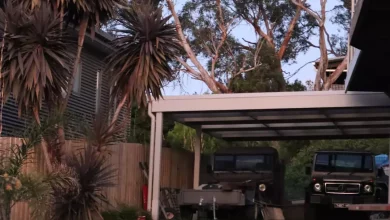Daylight Savings Time 2022 and Why Do We Have It?
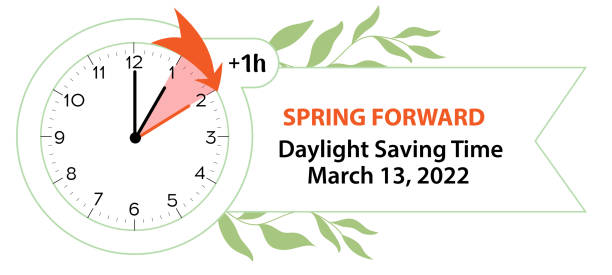
what’s daylight saving time?
Well, first of all, a word that its daylight saving, now no longer “savings” as it’s miles generally pronounced. As the call suggests, it’s an exercise designed to make higher use of the various daylight because the Earth orbits the sun. The tilt of the Earth manner that special hemispheres are tilted toward (summer time season) and away (winter) from the sun’s warm temperature at special instances of the year (at special factors withinside the Earth’s orbit).
This offers us our Northern Hemisphere seasons (and reverses them withinside the Southern Hemisphere). The variations in daylight are maximum excessive nearest to the poles, that is why maximum international locations close to the equator do now no longer have a look at daylight saving time, however, New Zealand and Sweden do, playing summer time season daylight nearly till the middle of the night at their southernmost and northernmost factors respectively.
By transferring the clocks ahead an hour in the sun-wealthy summertime season, its miles were hoping that almost all of the day may be lived beneath neath complete daylight.
When is daylight saving time?
In the United States, daylight saving time runs from the second one Sunday in March (spring ahead on Sunday, March 13, 2022) to the primary Sunday in November (fall again on Sunday, November 6, 2022). DST takes place simply earlier than the spring equinox, which marks the beginning of spring in lots of cultures, even though the professional first day of spring is March 13.
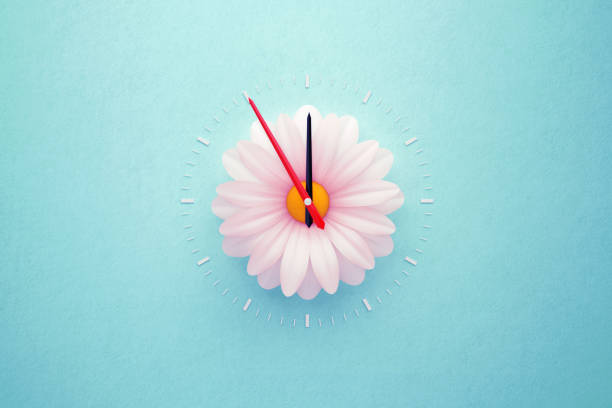
1. Clocks alternate at 2 a.m., a time selected each to keep away from falling again into the day before today and to decrease disruption for early shift workers. Thankfully, as a lot of us depend on our digital gadgets for timekeeping now, the possibilities of being past due to the fact you forgot to show your clocks again or alternate your alarm are minimized; molecular telephones and computer systems robotically replace the time alternately.
Also check: Kanye west Donda 2 – Here you can download the ZIP file
You’ll awaken together along with your alarm on March 15 at eleven though nothing happened, besides that unplaceable groggy feeling that comes from dropping and saving sleep. (Maybe visit mattress a bit in advance on March 12.) From then on, it’s longer, hotter evenings via summer time season and tills simply multiple weeks after the fall equinox, while the bloodless winds of fall go back to blow our clocks again one hour and we are able to resume our day by day criticism because it begins off evolved to get darkish earlier than five p.m.
DST changes the time of sunrise and sunset
If you live in a place with DST, the day after it begins will feel like one week has passed. The sun rises and sets earlier than normal, so your biological clock is slightly out of synch. That’s because our internal clocks are more sensitive to light than darkness. When we’re exposed to more light, our brains think it’s later in the day and instruct us to sleep less; when we’re exposed to less light (and more darkness), our brains think it’s earlier in the day and tell us to sleep more.
This link between sunlight and sleeping patterns can be used for good or ill: It’s been found that people who work night shifts tend to have difficulty sleeping during their days off because they’ve got an altered circadian rhythm due to their different lighting conditions at work versus home.
It can affect humans’ biological clocks
In humans, the circadian rhythm helps to regulate body temperature, hormone levels, and other biological processes. Circadian rhythms can be influenced by light and dark signals that are sent to the brain through special cells called retinal ganglion cells.
When daylight saving time takes effect, it can disrupt these processes because we’re exposed to more sunlight during the evening when our bodies should be preparing for sleep. This could make it difficult for people who struggle with insomnia or other sleep disorders.
it changes when sunrises and sunsets happen
In the spring, daylight saving time shifts the clock forward an hour, which means that sunrise is earlier and sunset is later. In the fall, when we “fall back” to standard time, it has the opposite effect: sunrise is later and sunset is earlier.
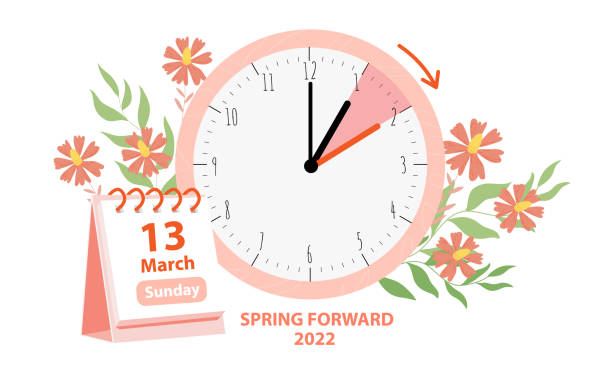
Because of this difference between seasonal changes in sunrise and sunset (which are caused by Earth’s tilt relative to its orbit around the sun), there are always two times each year when we experience both a long day and a long night one day before and one day after a spring or fall shift. It will always be true that more hours of sunlight happen after an autumn clock change than before. It may also be true that more hours occur prior to winter than after it (depending on where you live).
DST is more of a problem for people in the northern hemisphere than for people in the southern hemisphere
In the northern hemisphere, it seems as if every time we change our clocks for DST, it’s already too late for us to make any adjustments. The effects of DST do not affect us as much as those who live closer to the equator. That’s because most of us are in a higher latitude than those living further south—and therefore closer to the poles.
In addition to these physical variables, there are also cultural and psychological factors that can play into your experience with Daylight Saving Time. People who live in areas where there is no summer or winter variation will likely have a harder time adjusting to a yearly switch between standard time and daylight saving time than those who are used to seeing some kind of seasonal change each year (as long as they aren’t taking part in whacky stuff like daylight saving).
DST was introduced to the U.S. in 1918
In the northern hemisphere, it seems as if every time we change our clocks for DST, it’s already too late for us to make any adjustments. The effects of DST do not affect us as much as those who live closer to the equator. That’s because most of us are in a higher latitude than those living further south—and therefore closer to the poles.
In Europe, most countries observe Daylight Saving Time during summer months only; there are a few exceptions: Belarus started observing daylight saving time year-round starting on April 9th, 2011; Iceland changes its clocks at midnight on March 1st every year; Turkey began observing daylight savings time at 2:00 am local time on Sunday, March 26th, 2014 while Kazakhstan will begin observing daylight savings time at 1:00 am local time Sunday, October 26.
Think about your grandparents who are trying to change their clocks twice a year
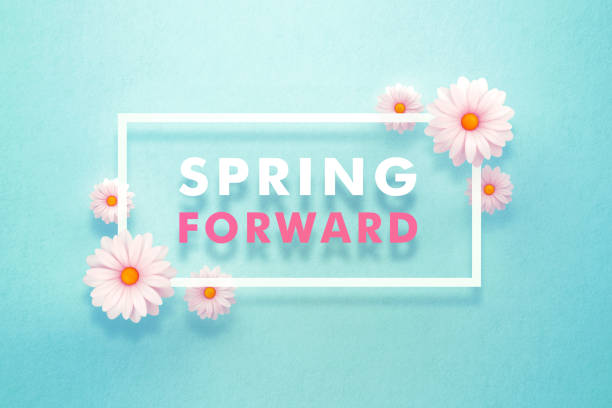
If you’ve ever thought about how hard it can be for older people to change their clocks twice a year, you’re not alone. In fact, many older adults don’t even bother to do so and if they do, they often get confused in the process. Some of them don’t even own a clock that automatically resets itself!
Other elderly people might simply be too ill or too frail to make such an effort. Either way, this can lead to problems like confusion over when things are supposed to happen and when is dinner served? When do I take my medication? Is it time for bed or time for breakfast? If a person has dementia or another cognitive disorder (such as Alzheimer’s), losing track of time can put him or her at greater risk for falls and other accidents. It also means that loved ones have more work on their hands when trying to ensure that their parent gets all of his daily tasks done before dark sets in again.
DST is a pain in the neck.
But on the other hand, it’s confusing. We’re taught that 1 o’clock means something different in DST than out of DST; that your watch and the clock in your car are out of sync for an entire month every year; and that if you leave for vacation during this time, you need to remember which way to reset your clocks when you get home (or risk being an hour late).
And it’s not necessarily the only reason we have DST at all is that Benjamin Franklin wanted us to be more productive by working longer hours during the summer months. But today, most people work 9-to-5 jobs anyway and don’t need more daylight hours for their work schedule.
Also: Daylight Saving Time isn’t good for your health or the environment! It causes depression, insomnia, and fatigue (by forcing us out into bright sunlight when our bodies aren’t ready); increases heart attacks by 13 percent while decreasing worker productivity by 10 percent; and wastes energy as people use artificial lighting instead of natural light during the evening hours when they are trying to relax after work.




